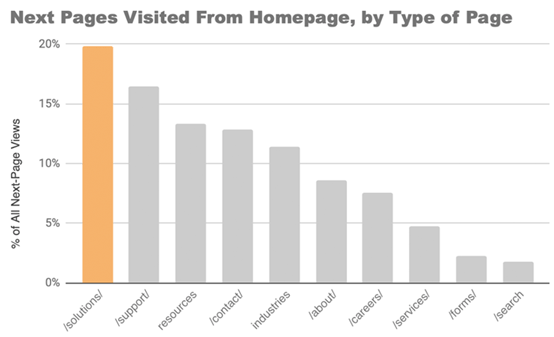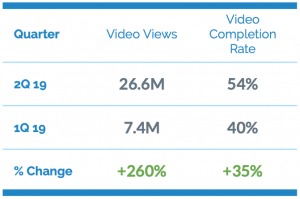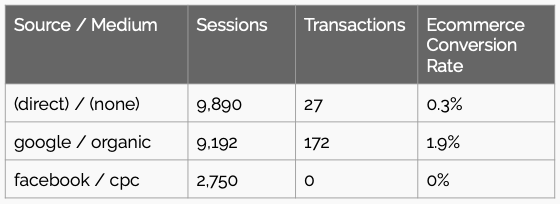The world gathers data at an alarming rate – 2.5 quintillion bytes of data every day. We’ve become extremely proficient at collecting data – be it from enterprise systems, documents, social media, or email and collaboration services. Our challenge as marketers is how to use that data well.
Are we using it to tell important stories: What can be improved? Are we truly winning?Ecommerce for 2019 is projected to be $3.5 trillion, and continuing to grow. But how high is up? Are customer acquisition costs rising to unsustainable levels? Is marketing driving revenue, and not just profit? How do we answer all of these questions? Better yet, how do we continue to compete in this climate.
At the end of the day, our overworked minds want to be given insights, not more questions. We want key signals and summarized information that will arm us to drive our businesses to new heights. But if we’re drinking from a firehose of data, how do we extract succinct, clear-sighted data that drives real understanding?
The answer? Context. We need to transform senseless data into actionable information that enables informed decision-making. By using context-rich data, we understand data better, so we can optimize customer experiences, develop more personalized products, generate brand loyalty, create more effective budgets, deliver more profit, and more.
When you’re faced with a pile of data, remember that good context is the foundation for to human-driven insights. Here are some tips on how to put context around your data.
Keep your eye on the ball.
It’s easy to get lost in a rabbit hole of interesting factoids–”ooh, why is the bounce rate on that page so low?” Identify your question up front, and ensure that all effort goes towards answering that specific question. For example, if your goal is to identify which products have the highest overall order value, don’t get lost in which parts of the country purchasers live in. If something unrelated to your goal catches your interest, note it down or call it out for investigation later.
Know your data’s beginning, middle, and end.
Users don’t start by putting a product into a shopping cart. Review how users got to the cart, what they did and didn’t do, and what they did and didn’t do afterwards. Often the most actionable insights come from the successes and failures in the before and after.

A single metric is rarely the answer.
Single metrics give you narrow visibility. What good is revenue without understanding profit? How can we understand the value of an increase in keyword rank without understanding how organic traffic changed? Pairing metrics helps us understand their impact.

Compare.
Your number doesn’t exist in a vacuum. Compare metrics against something: the same data in a previous time frame, a similar product, or an industry standard. Develop an understanding of how your data measures up.

Be on the lookout for faulty data.
Sure, we collect a lot of data, but not all of it is accurate. Don’t assume extreme outliers are anomalies–investigate. If a metric sounds too good or too bad to be true, it probably is. Trust your intuition. Look for alternate sources of the data, or talk to a developer to check tracking accuracy.

Need some help unpacking your data? We can help you tell a meaningful story about your data. Let’s talk.
For some examples of how to tell great stories with data, check out 8 Data Storytelling Concepts with Examples–it’s one of our most popular posts!




